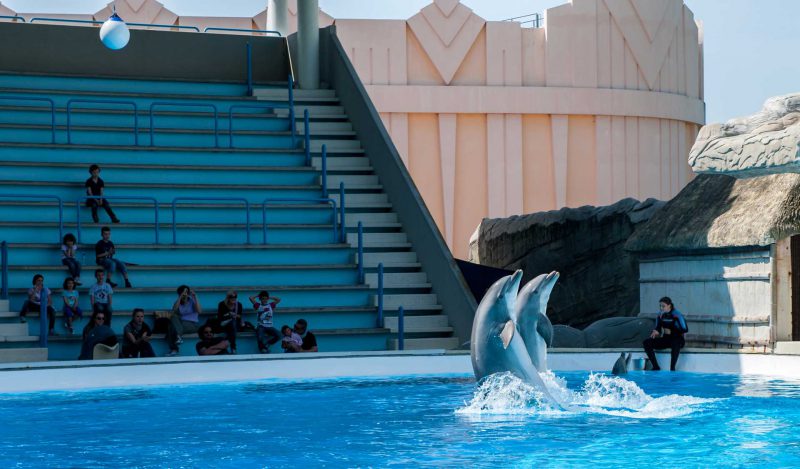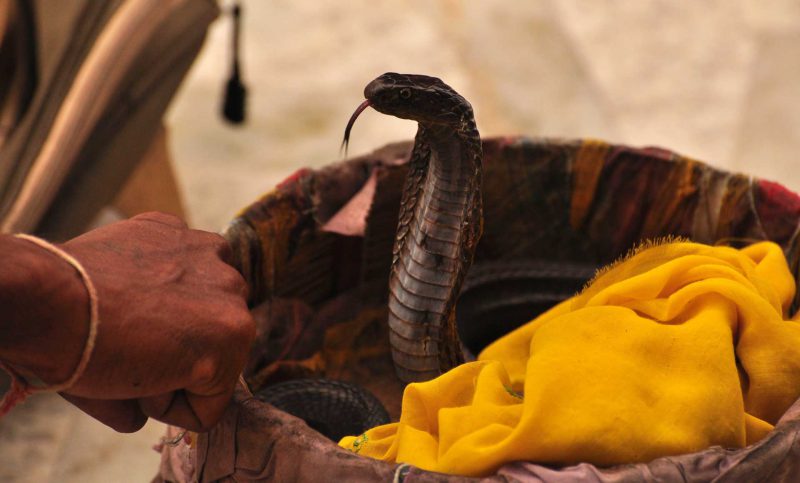 Promoting Sustainable Animal Welfare Practices
Promoting Sustainable Animal Welfare Practices

Michael Gardiner, Strategic Partnerships Manager at Wildfoot Travel explains how you can decide whether an animal attraction or experience is operating in an ethical and responsible manner.
As a travel provider, at Wildfoot Travel we have a duty to enlighten and educate our clients. To help them understand the importance of supporting and encouraging fair animal attractions and experiences.
The travel industry has been working hard to combat animal welfare for many years but there is still a huge amount of ambiguity and misunderstanding surrounding these issues. So, we’ve put together a simple set of guidelines, to help you decide whether or not to pay to visit to, or participate in, an animal attraction or experience on your next trip.
Can You Touch?
Can you physically touch the animal? Facilities which allow the touching of non-domesticated animals by the public should be viewed with extreme skepticism. Wild animals do not naturally seek out the company of humans unless conditioned to do so.
Are They Performing Tasks Or Tricks?
Is the animal required to perform tasks which are not part of their natural behaviour? Training animals to behave unnaturally can involve punishment or withholding of food.

Is There Enough space?
If animals are in an enclosure, does it provide significant space and enrichment and are there areas of privacy? Size can be difficult to judge but enclosures should offer a varied environment for the animal to interact with while areas of privacy allow them retreat to safety if anxious or stressed.
Do they Have A Choice?
Is the animal in a position to make a choice if they want to interact or not? Even animals that have been raised in captivity and are habituated to humans can feel stressed if they are not able to leave. The best animal encounters will operate on the basis of the animal coming to the visitor if they’re interested and leaving when they’ve had enough.

Are There Set Feeding Times?
A responsible facility will have a set time at which they feed the animals in their care. If this time is dictated, changed or supplemented to suit visitors, the welfare of the animals is not their primary concern.
How Regularly Do The Animal Experiences Take Place?
If visitors can arrive at random times and take part in the experience then, as with feeding times, the concerns of the guests are being placed above those of the animal.
How Old Are The Animals?
How old is the animal concerned, particularly if it is the young of a predator species? Assuming they are otherwise in good health, young animals can be rehabilitated and released into the wild but not if they have been habituated to humans. By handling or petting a healthy juvenile you ensure its long-term captivity.
Whilst this is far from the perfect checklist, it does give you a quick-reference guide to help you identify and avoid unscrupulous operators. The same set of rules should help you discover, support and enjoy the more ethical and conscientious wildlife attractions or experiences.
Check out our trips to the Galapagos here
